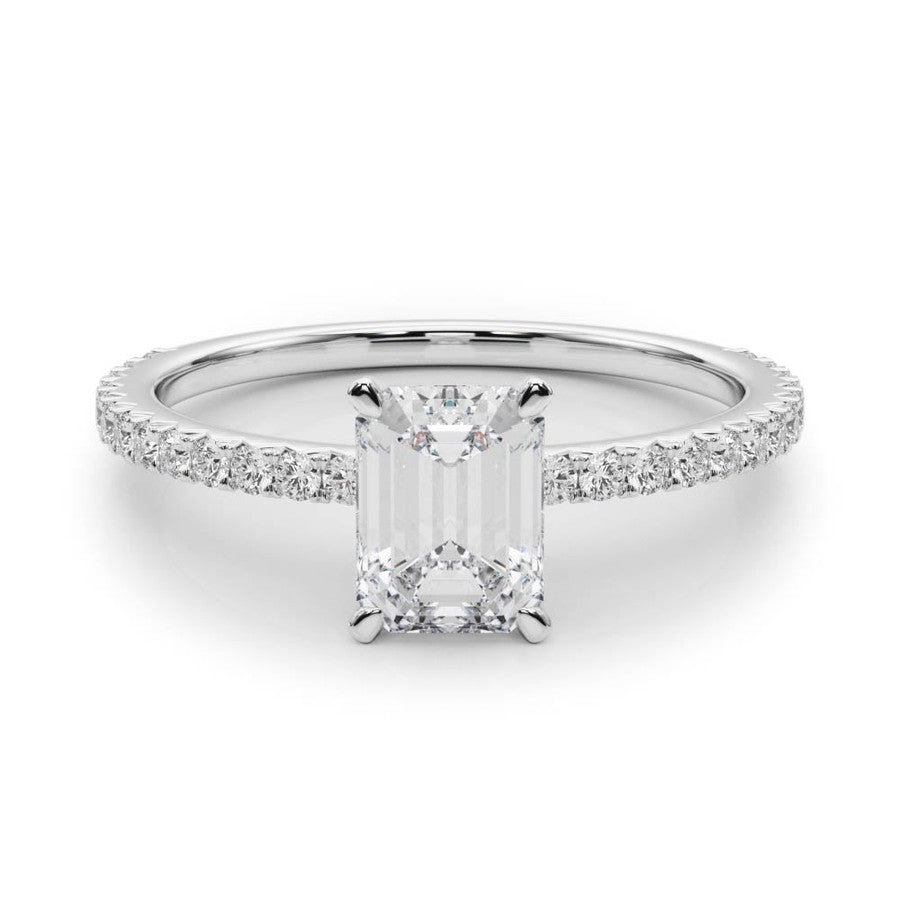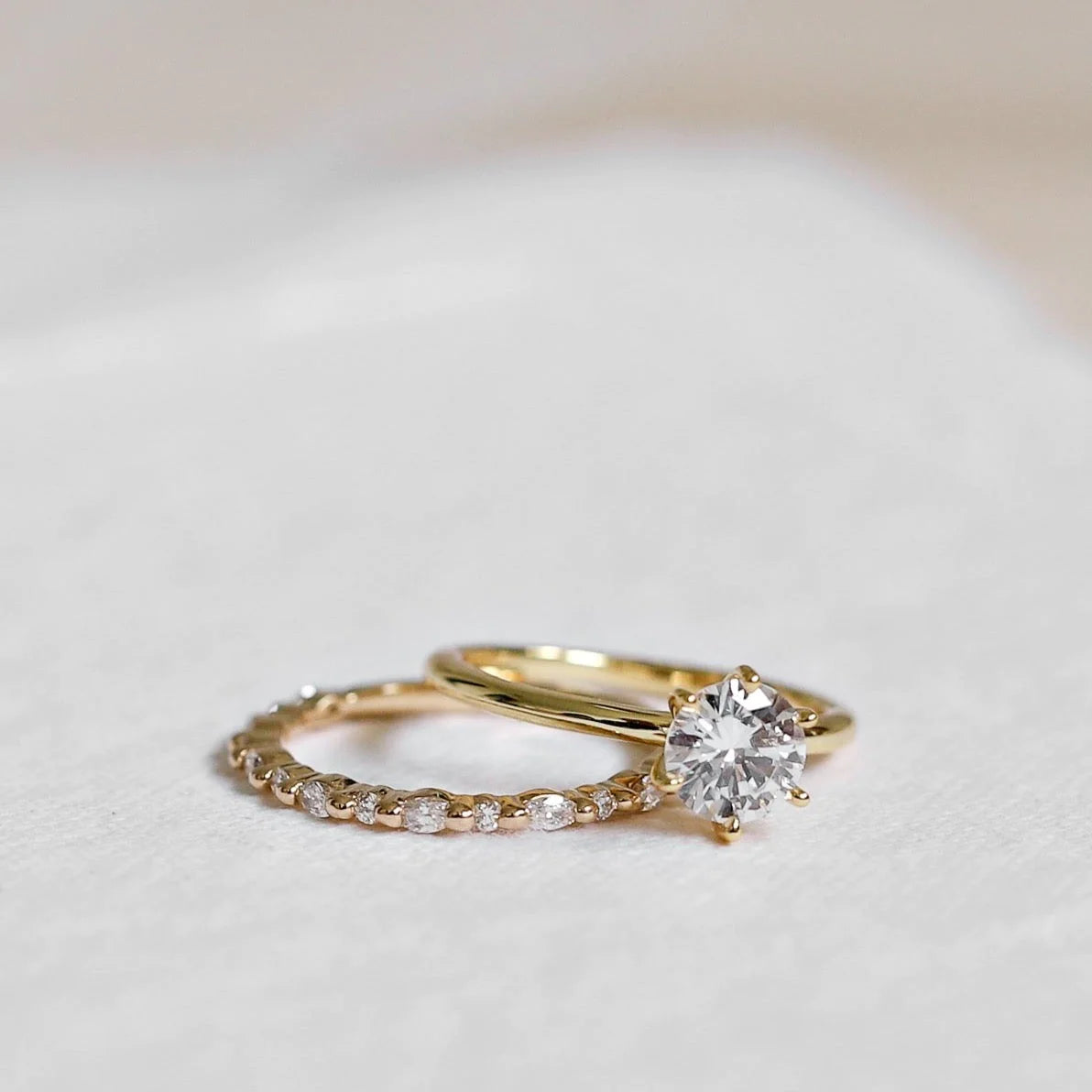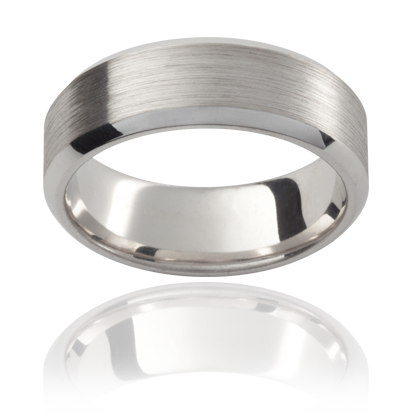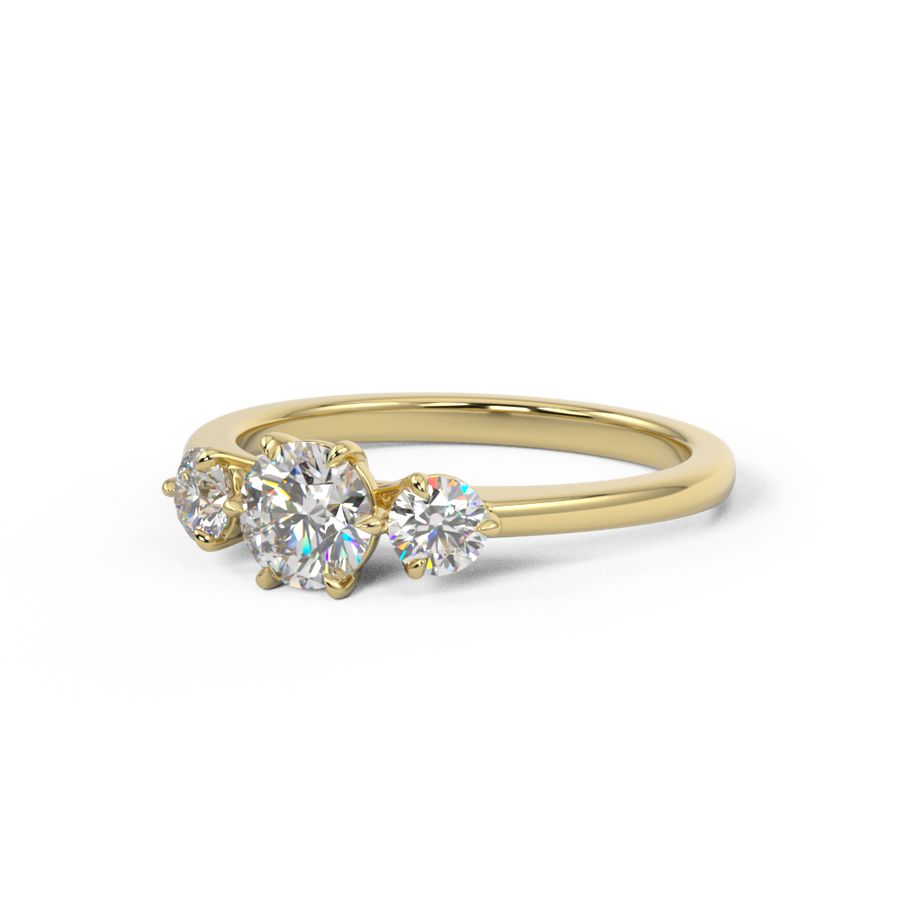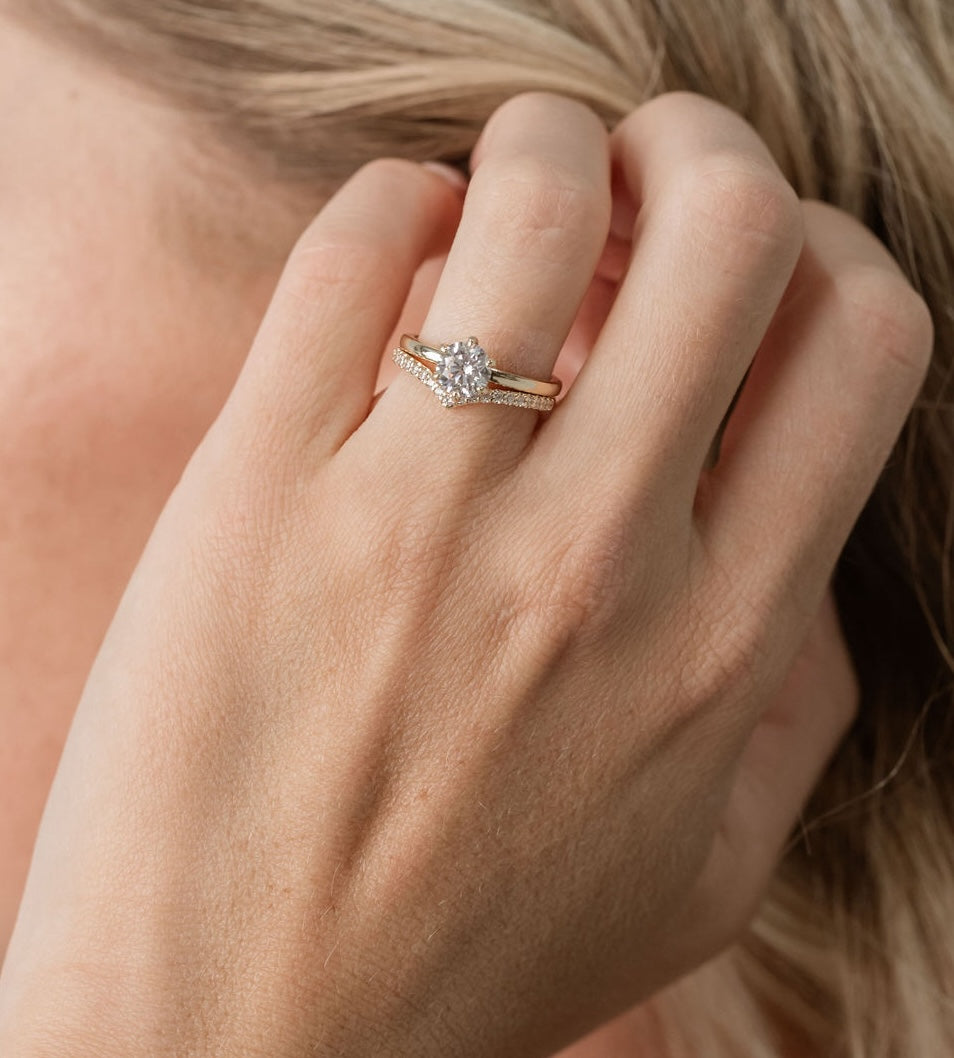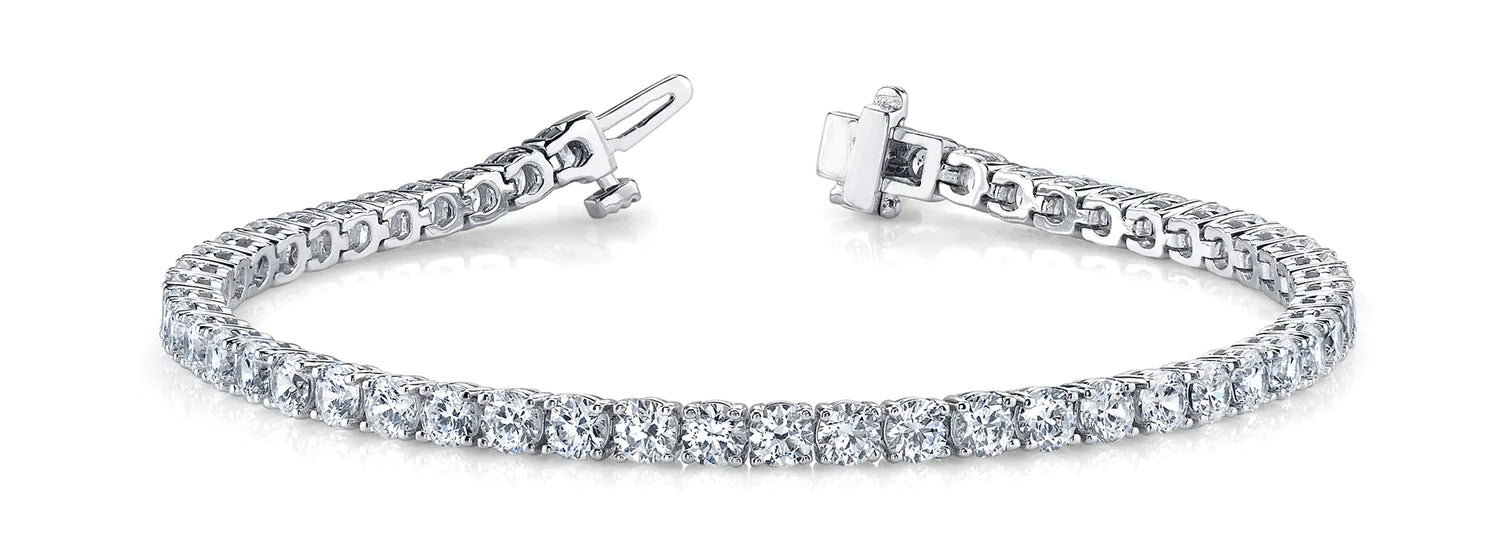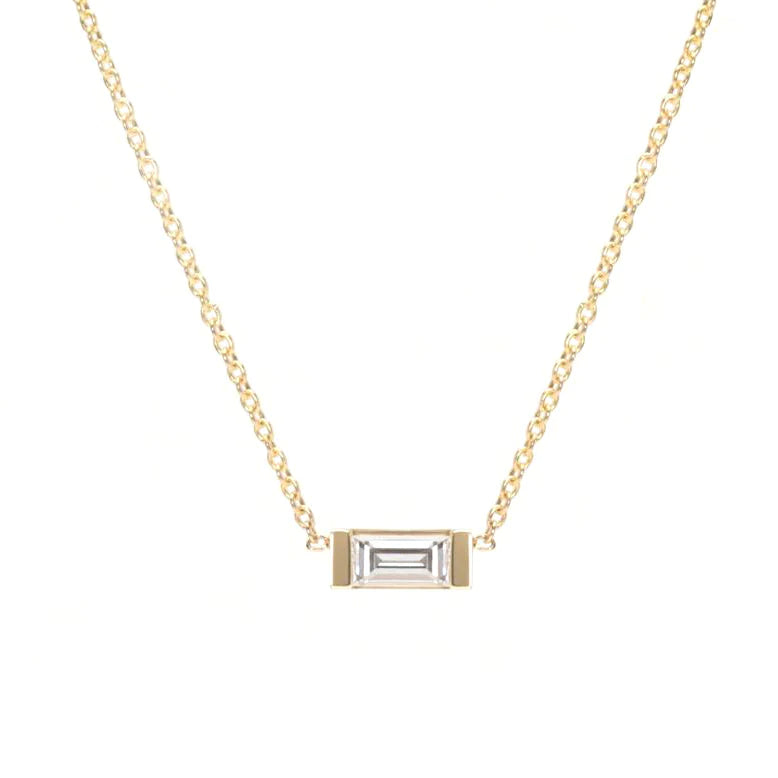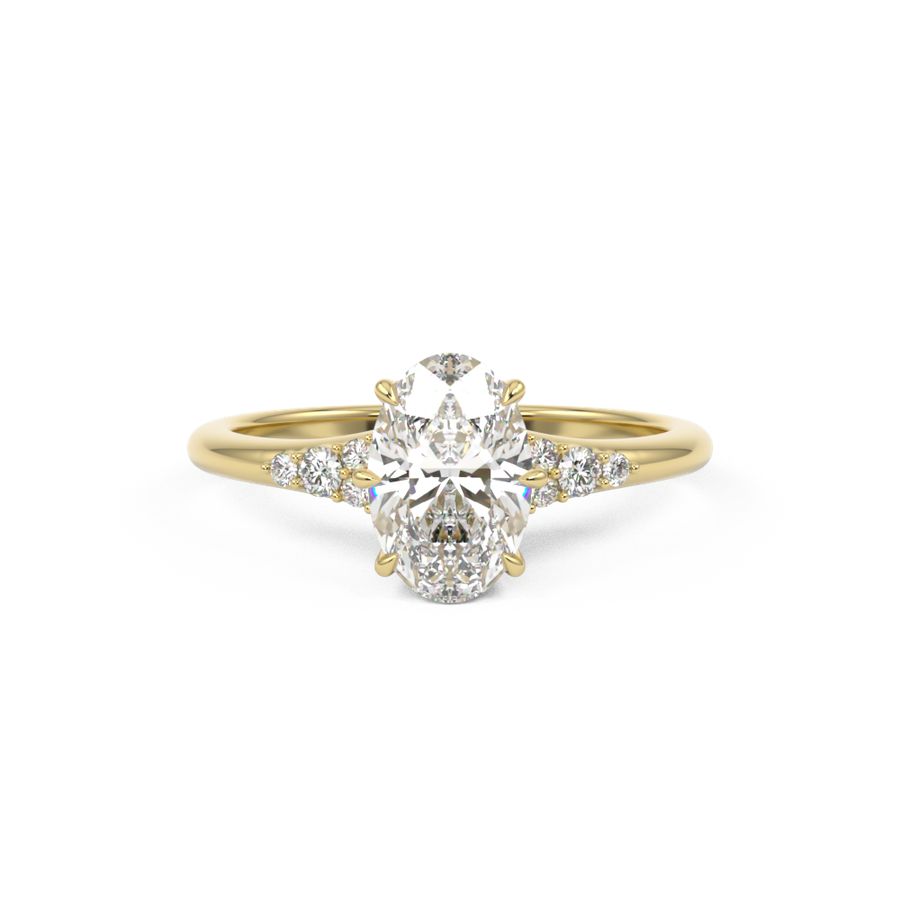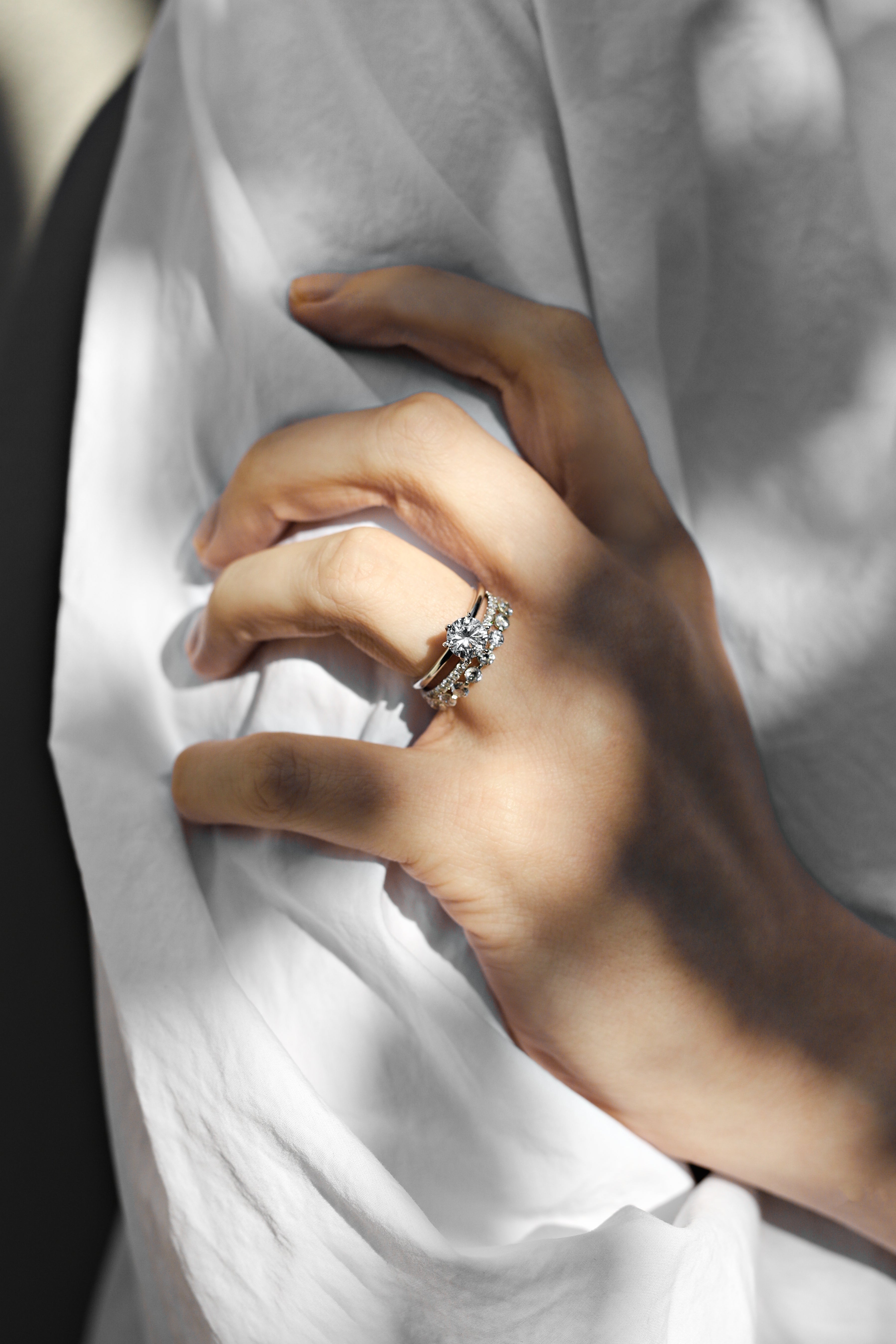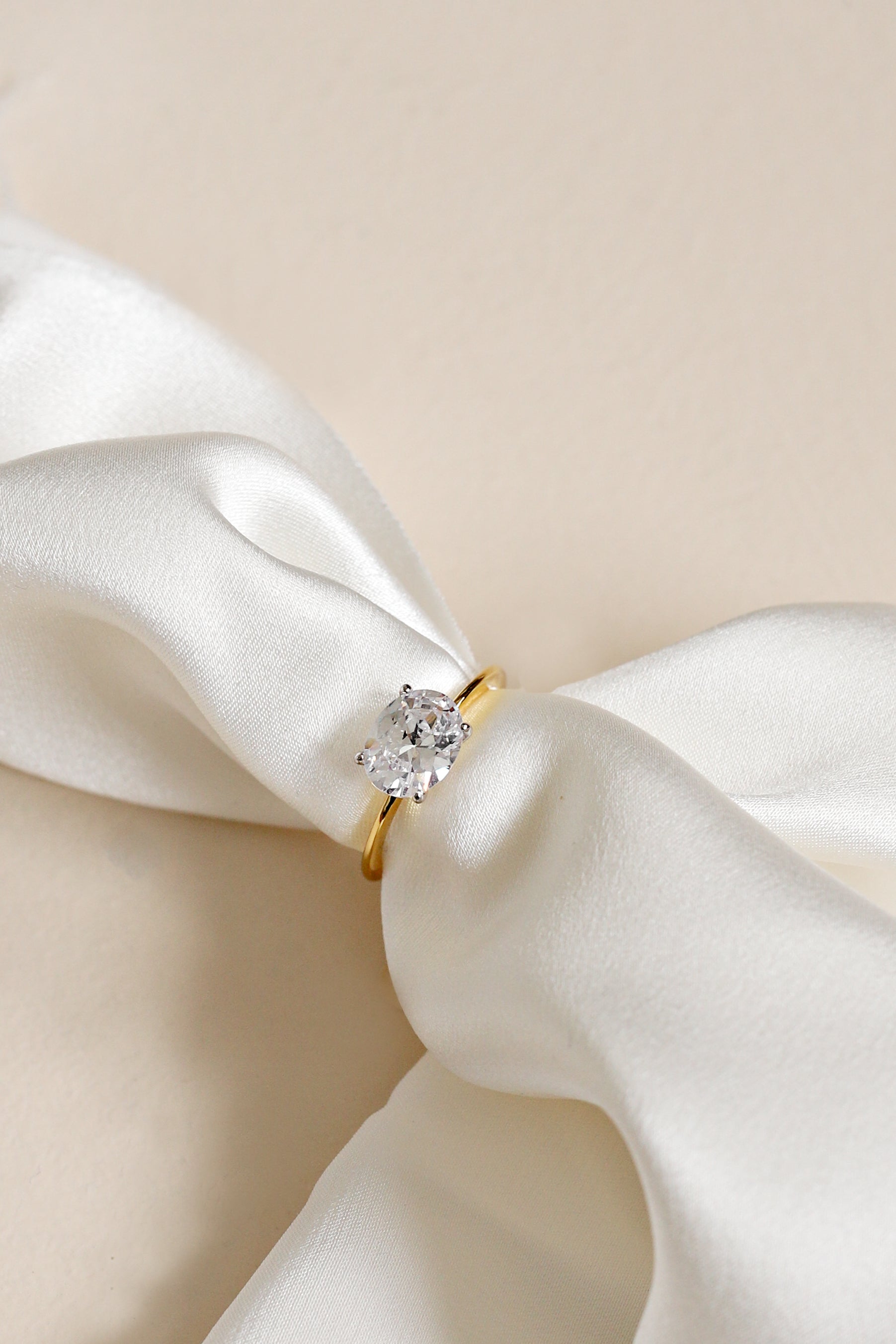Wire wrapped jewelry
History
- Wire and beaded jewelry made using wire wrapping techniques date back to thousands of years BC.
- The British Museum has samples of jewelry from the Sumerian Dynasty, found in the cemetery of Ur, dating back to approximately 2000 BC.
- Ancient Roman jewelry also shows wire wrapped loops, dating back to approximately 2000 years ago.
- The wire wrapping approach continued even after the development of soldering techniques, as it was an economical and quick way to make jewelry components.
- Wire wrapping techniques are primarily employed by individuals, as mass-produced jewelry is usually cast using machines.
Characteristics
- Wire wrapped jewelry is made of wire and sometimes findings similar to wire.
- Mechanical connections are used instead of soldered connections.
- Loops made in wire are a key element in wire wrapped jewelry.
- Different types of loops, such as P loops, eye loops, and wrapped loops, are used for connecting components.
- Simple wire wrapped jewelry can be made by threading a bead onto a head pin and creating a loop to connect it to an ear wire finding.
Tools
- Four essential tools for wire wrapped jewelry are flush cutter, round nose pliers, flat nose pliers, and chain nose or bent chain nose pliers.
- Other useful tools include nylon jaw pliers, a ruler, step jaw pliers, a pin vise, a chasing hammer, an anvil or bench block, a cup bur, loop closing or bent closing pliers, and a jewelry making jig.
- Flush cutters are special cutters that leave one end of the cut wire flat and the other end sharp.
- Round nose pliers are used for making loops in wire.
- Flat nose pliers are used to keep areas flat or make 90-degree bends in the wire.
Wire
- Wire for wire wrapped jewelry is available in shapes such as round, square, half-round, and patterns like flat and pre-twisted.
- Copper and brass wire are easy to shape and manipulate.
- Sterling silver wire holds its shape well once formed.
- Gold-filled and silver-filled wire have a permanent bond between the gold or silver layer and the supporting material.
- Wire is measured by diameter, indicated by gauge numbers, with lower gauge numbers representing thicker wire.
Supplies
- Pre-made components, known as findings, can be purchased instead of making them.
- Common findings used in wire wrapped jewelry are ear wires, clasps, head pins, and jump rings.
- Findings provide convenience and save time in the jewelry making process.
- Craftspersons have the option to choose from a variety of pre-made findings in different materials and designs.
- Using pre-made findings allows for consistency and uniformity in the finished jewelry pieces.
Wire wrapped jewelry Data Sources
| Reference | URL |
|---|---|
| Glossary | https://harryandcojewellery.com.au/blogs/glossary/wire-wrapped-jewelry |
| Wikipedia | http://en.wikipedia.org/wiki/Wire_wrapped_jewelry |
| Wikidata | https://www.wikidata.org/wiki/Q8026770 |
| Knowledge Graph | https://www.google.com/search?kgmid=/m/02ql30f |

